In this blog post, James Buckhouse, head of the Corporate Design team at Twitter, offers a new approach to “audience experience” using techniques drawn from technology and consulting companies. This post is the third of three winning entries from our recent American Orchestra Forum blog contest.
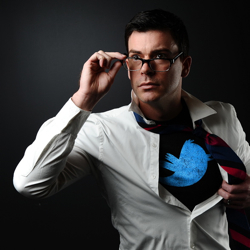
Blog contest winner James Buckhouse
Your audience experiences your organization long before the lights dim and far past the final ovation. Inspired by the TED talk by Peter Gregson on the user experience of the performing arts, this free downloadable workshop adapts techniques from technology and consulting companies to help performing arts organizations take care of their audience.
Other industries map this path as an extended customer journey. Performing Arts organizations can borrow this process to create an extended audience experience.
In a way, every arts organization perpetually remains a start-up: new music emerges from the chasm of cultural shifts, new audience members catch the drift; new ideas tilt the emphasis from one approach to another; new means of distribution and communication mingle our lives and our art in a braid of narrativity.
So let’s start! Let’s start up a new approach to the arts that proves value and retains the best of the old traditions, but also celebrates the birth of art—the new and unnamed—and dares to iterate.
–James Buckhouse
Instructions
Right-click the link above to download the workshop PDF or find it here: http://teamclassical.com/resources.html
James Buckhouse leads the Corporate Design team at Twitter, where he oversees the creation, production, strategy and design of all video and visual material for the company. Additionally, he is the founder of teamclassical.com. Prior to Twitter, he was Executive Creative Director at Duarte where he worked with Facebook, Google, HP and other high-profile tech companies. From 1996-2008, James built his story skills as a cinematographer and choreographer at DreamWorks Animation. James also served as a production designer for New York City Ballet, Oregon Ballet Theatre, and Pennsylvania Ballet.



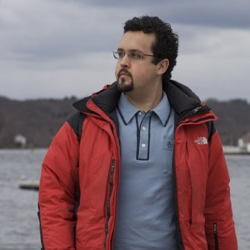
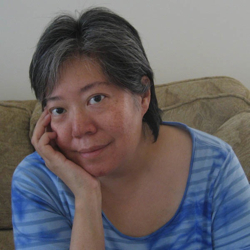
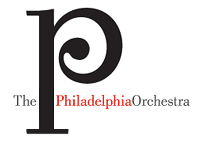 For our last conversation of the American Orchestra Forum project we’ll be sitting down with leaders from
For our last conversation of the American Orchestra Forum project we’ll be sitting down with leaders from 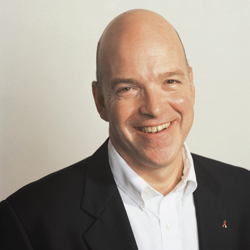 I was startled at the International Society for the Performing Arts conference in 2010 when an audience member rose and asked, “What if we looked at the present as the equivalent of the Religious Reformation of the 15th-century? Are we in an Arts Reformation?”
I was startled at the International Society for the Performing Arts conference in 2010 when an audience member rose and asked, “What if we looked at the present as the equivalent of the Religious Reformation of the 15th-century? Are we in an Arts Reformation?”